Category: Reptiles
-
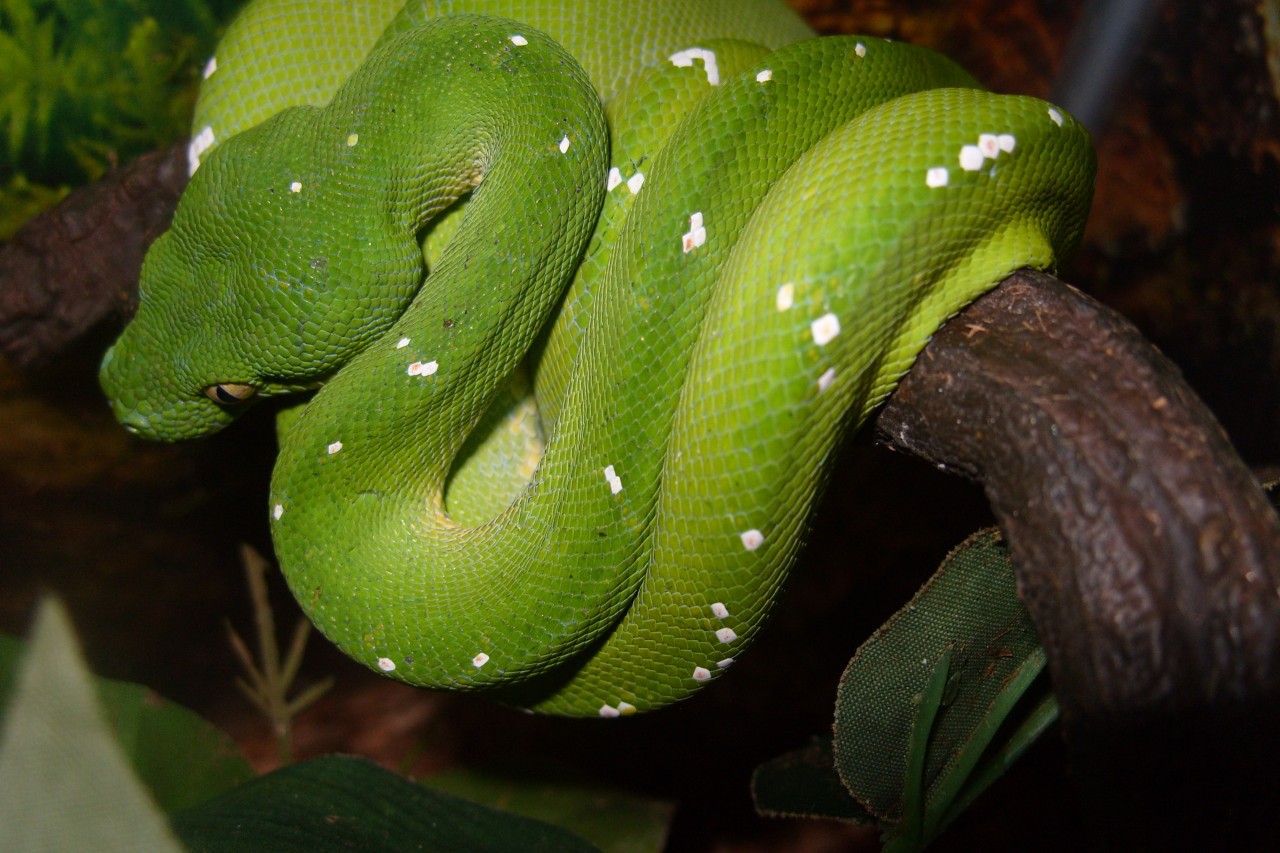
Green Tree Python Facts | Anatomy, Diet, Habitat, Behavior
The green tree python (Morelia viridis) is a unique python with the green color body and a prehensile tail. It is typically found in the New Guinea and the adjacent islands. While green pythons regularly climb up the trees they do prowl on the ground at night. Should they remain in trees all the time…
-

Blue Tongue Skink Facts | Anatomy, Diet, Habitat, Range
Blue tongue skinks are typically found all throughout the Australia. It belongs to the genus Tiliqua which contains the largest of the skink family. Blue tongue skinks make very popular pets but they are highly sensitive to certain things such as temperature, food, and location. They are mainly distinguished by their blue tongue. Blue Tongue…
-

African Spurred Tortoise Facts | Anatomy, Diet, Habitat, Behavior
The African spurred tortoise (Centrochelys sulcata) is a large turtle species. It is primarily known for its digging behavior. The turtle is mainly found in the southern part of Sahara Desert. African tortoises are powerful diggers; in captivity they make extensive burrows so much so that they can even damage walls in the backyard. They…
-
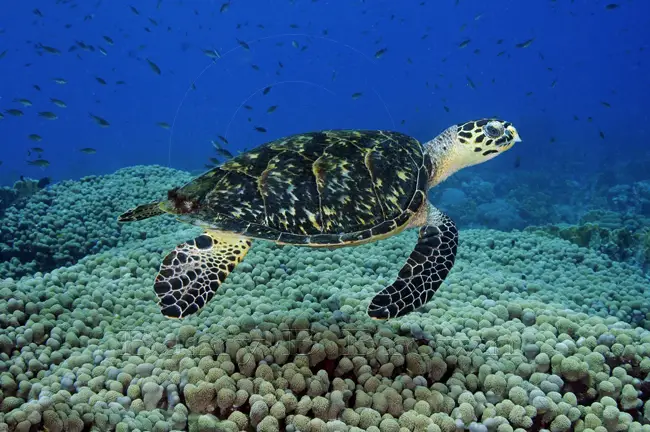
Hawksbill Sea Turtle Facts | Anatomy, Diet, Habitat, Behavior
The hawksbill sea turtle (Eretmochelys imbricata) is a sea turtle that is widely distributed in the Indian, Atlantic, and Pacific Oceans. It is thought to occur in the shallow lagoons or coral reefs where the turtle spends much of its daytime. The sea turtle rarely goes into the open water; it largely prefers shallow waters.…
-
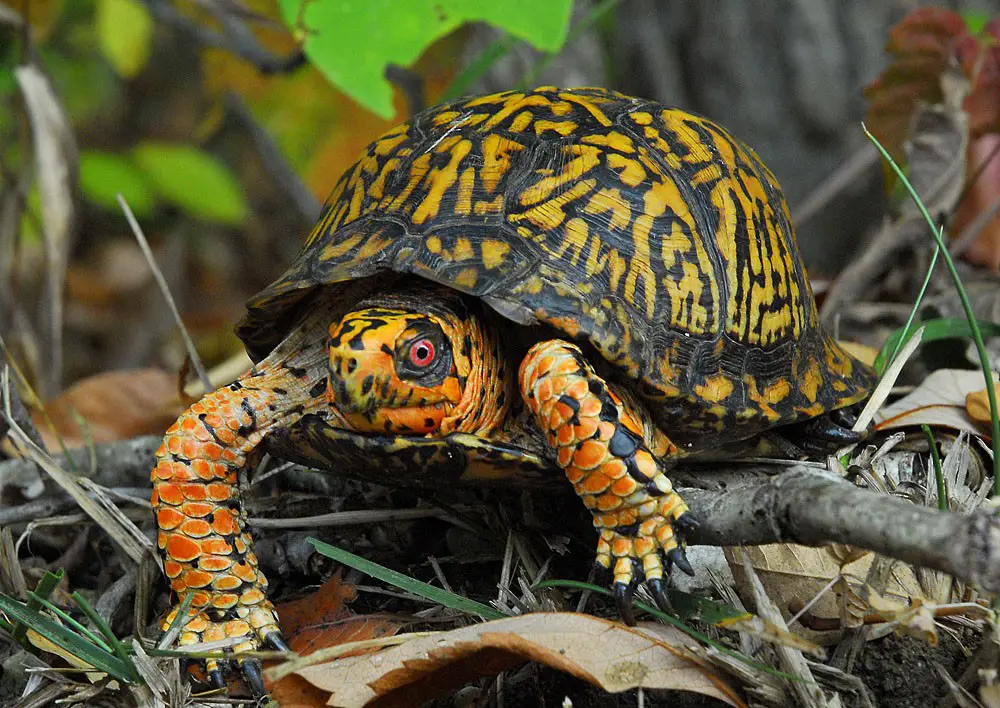
Eastern Box Turtle Facts | Anatomy, Diet, Habitat, Behavior
The eastern box turtle (Terrapene carolina carolina) is a subspecies of box turtle and is typically found in the eastern United States. It is the state turtle of North Carolina and Tennessee. They are one of the slowest of turtles and it takes them years to attain maturity age. IUCN has listed it as Vulnerable…
-
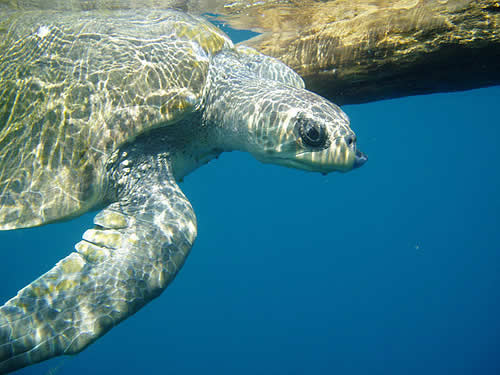
Olive Ridley Sea Turtle Facts | Anatomy, Diet, Habitat, Behavior
The olive ridley sea turtle (Lepidochelys olivacea) is the smallest of sea turtles. They are typically found in the tropical waters of the Pacific, Atlantic and Indian Oceans. Olive ridleys are the most common turtles. They have got heart-shaped carapace. They are thought to eat soft and hard-bodied invertebrates. Olive Ridley Sea Turtle Facts Anatomy…
-
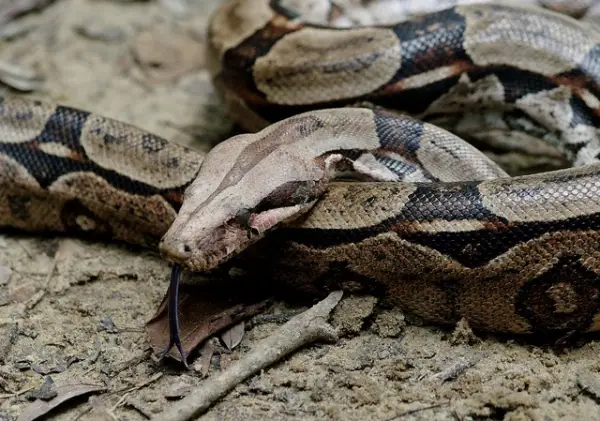
Boa Constrictor Facts | Anatomy, Diet, Habitat, Behavior
The boa constrictor (Boa constrictor) is a large to medium-size snake that is typically found in the forests of South America. It is one of the least understood snake species. Boas do extremely well in zoos and thus they are widely bred in captivity worldwide. Biologists have yet to assess boa’s behavior in the wild.…
-
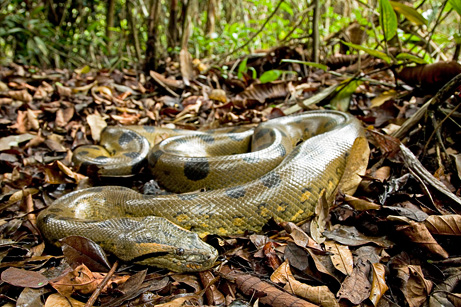
Green Anaconda Facts | Anatomy, Diet, Habitat, Behavior
The green anaconda (Eunectes murinus) is by far the largest of the anaconda species. It is also one of the few snakes that have the longest lifespans. The anaconda is completely non-venomous boa species and is typically found in South America. Green anacondas are also known as ‘common anaconda’ and ‘water boa’. Green Anaconda Facts…
-
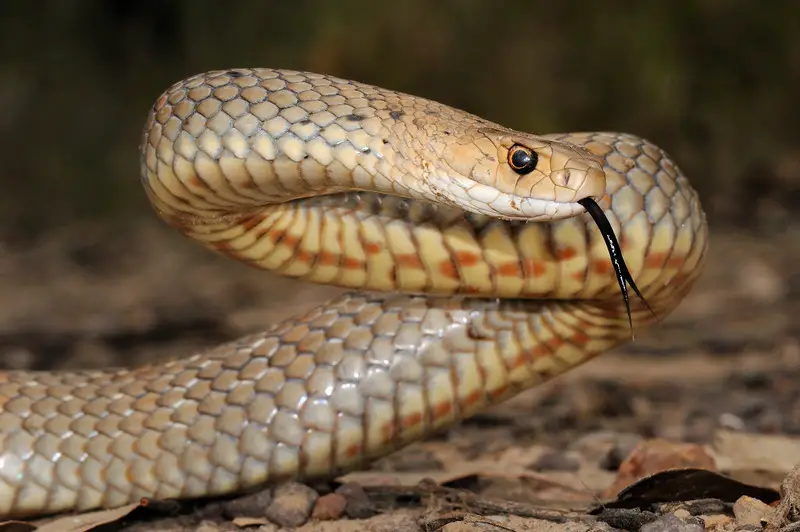
Eastern Brown Snake Facts | Anatomy, Diet, Habitat, Venom
The eastern brown snake (Pseudonaja textilis) is one of the deadliest snakes in the world—second only to Belcher’s sea snake. The snake is a native species of Papua New Guinea, Australia, and Indonesia. It was discovered in Papua New Guinea back in 1953 but biologists have yet to understand how he got there. Eastern Brown Snake…
-
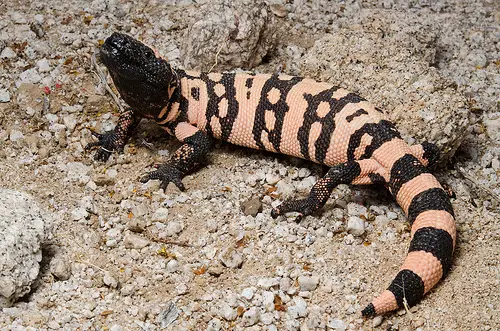
Gila Monster Facts | Anatomy, Diet, Habitat, Reproduction
The Gila monster (Heloderma suspectum) is a bulky slow-moving lizard of the southwestern United States and northwestern Mexico. It is a venomous lizard species that has inspired wildlife-lovers for centuries. Gila monster is the larget lizard of the United States. Although people have heard much of Gila monsters yet only a few are lucky enough…
-
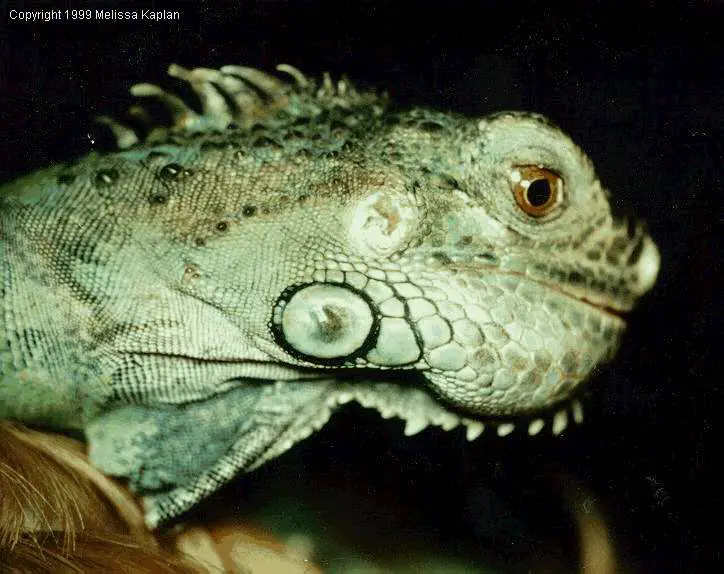
Green Iguana Facts | Anatomy, Diet, Habitat, Behavior, Reproduction
The green iguana (Iguana iguana) is the world’s largest iguana species; grows to a length of about 2 meters. It is found in South America, Central America and Caribbean. The lizard is calm and quite which is why it makes very good pets. However in captivity iguanas can be demanding and must be challenging for…
-

Marine Iguana Facts | Anatomy, Diet, Habitat, Behavior
The marine iguana (Amblyrhynchus cristatus) is the only truly marine lizard off the coast of Ecuador, of the Galapagos Island. The iguana is rather a strange looking creature recognized by its blunt nose and bony bumps. Unlike most other lizards marine iguanas have heavy body. They are extremely territorial in that they attack any male…
-
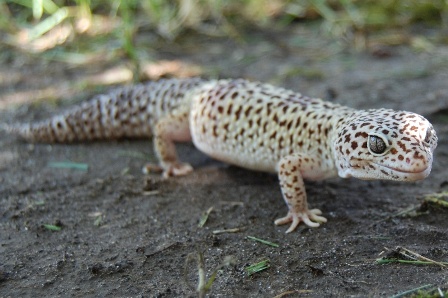
Leopard Gecko Facts | Anatomy, Diet, Habitat, Behavior
The leopard gecko (Eublepharis macularius) is a lizard that is found in the dry habitats of Asia. It also makes a very good pet. The unique feature of leopard gecko is that they are able to move their eyelids—a rare feature among other geckos. Leopard Gecko Facts Anatomy The adult geckos reach a length of…
-

King Snake Facts | King Snake Diet, Habitat, Behavior
King snake is a nonvenomous species belongs to the genus Lampropeltis and it includes four species and 45 subspecies. The king snakes also make very good pets. So if you are considering to have them as pets then it is better to know them first through these King Snake Facts. Common king snake is one of the…
-

Black Rat Snake Facts | Largest Snake in Michigan
The black rat snake (Elaphe obsoleta obsolete) is a medium-sized snake with the white chin and throat. It has all black and shiny skin. The black rat snake is the largest snake in Michigan State. Get to know this black snake through these informative black rat snake facts. It is amongst the most common snakes…
-

Are Crocodiles Endangered | Crocodiles Status
Many crocodiles are at the verge of extinction whereas some of them are classified as critically endangered. While most crocodilian species faced almost-extinction situation because of the habitat degradation or deforestation, others were illegally hunted, still others died of road collision. The future of all these crocodiles rests in the hands of the conservation societies.…
-

Black Mamba Snake Facts | Mamba Diet, Habitat, Behavior
The Black mamba (Dendroaspis polylepis) is one of the fastest snakes in the world with the recorded speed of 7 miles per hour (11 km/h). These African snakes are feared for their amazing speed and deadly venom. They are active in most part of the day. Mambas are known to sun themselves before they go…
-

Bearded Dragon Facts | A Colorful Dragon
Bearded dragon (Pogona minor) earns its name because of the underside of the throat that goes black if it feels threatened. They do not only move swiftly on land but they are expert climbers. They spend much of their time on branches. It is a combination of many different colors. The skin color can darker…
-

Ball Python Facts | The Smallest Python
Ball python (Python regius) is an absolutely non-venomous species. It is native to equatorial western Africa. Ball python is by far the smallest python species and is quite good at making pet. Royal python and West African python are the other names of ball python. The closest relative of ball python is Angolan python which…
-

What Do Sea Turtles Eat | Sea Turtles Diet
With the exception of one species all sea turtles are primarily carnivorous. The green sea turtle is exclusively herbivorous as it mostly feeds on sea grasses. The remaining species primarily consumes crustaceans, sponges, barnacles, mollusks, fish, or sea urchins. What Do Sea Turtles Eat Loggerhead turtle is known to feed on small animals as it…
-

What Do Blue Tongue Lizards Eat | Blue Tongue Lizard’s Diet
Blue tongue skink (Tiliqua spp.) is the most popular type of skink that is found in the warmer climates including woodlands and deserts. The lizard is native to Australia, Tasmania, and New Guinea. Blue tongue lizard ranges in size from 7 – 24 inches (18 – 61 cm). What Do Blue Tongue Lizards Eat True…
